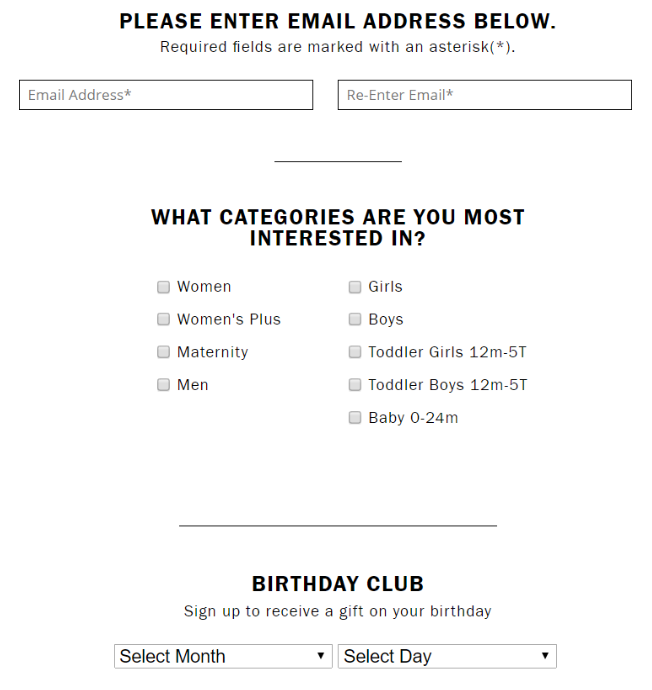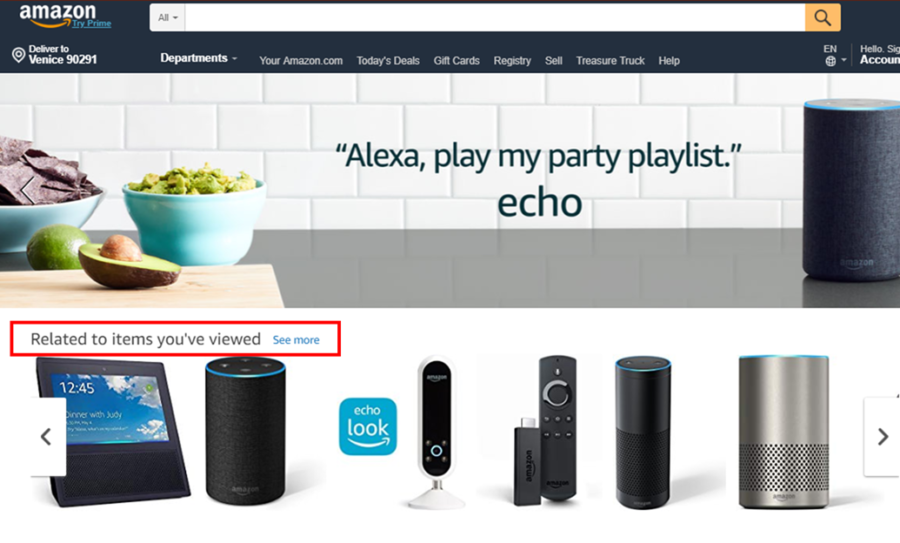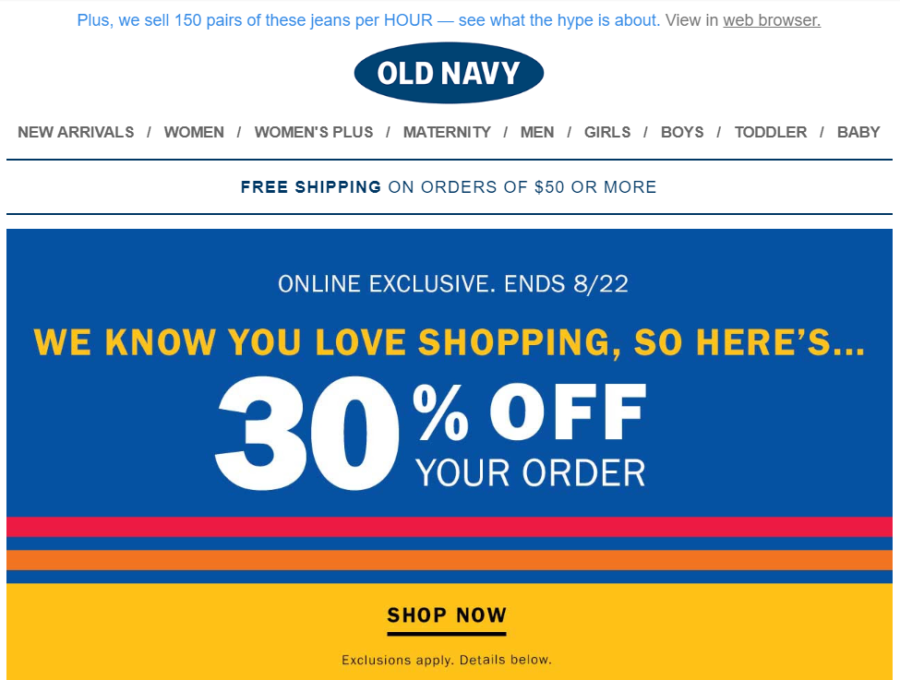Did you know that 65% to 75% of new products fail or miss their revenue targets? Why do you think that happens? Because they fail to understand what their customers truly want and instead follow a one-size-fits-all approach.
Today, personalization is one of the most effective ways you can truly attract new customers and retain your existing customers. In fact, 59% of consumers who have experienced it, say that personalization has a great impact on their purchase decisions.
However, it’s not just limited to the way consumers think. 88% of marketers have noticed significant improvements in their business with personalization. 53% of them have reported that they gained a lift of over 10%.
All of these statistics suggest that it’s high time for brands to get to know their customers really well. Customer segmentation based on the needs, interests, habits, and preferences of your customers is the key to providing exceptional customer experiences.
However, many marketers still have a long way to go to get there. In this post, we’ll discuss four types of customer segmentation that can help you achieve your marketing goals.
How Customer Segmentation Can Help You
Before we talk about the most effective types of customer segmentation, let’s take a quick look at how customer segmentation can benefit your brand.
1. Develop Effective Retention Strategies
Did you know that $1.6 trillion was the estimated cost incurred by businesses due to lost customers in 2016? And, once customers leave, 68% of them don’t ever go back to the same brand again. If that doesn’t motivate you to retain your customers, maybe you should also consider that acquiring new customers is 5X as expensive.
Customer segmentation can help you develop more focused strategies to retain customers. For example, you may want to identify your top-paying customers and create exclusive offers for them. Or you may even want to re-engage people who haven’t purchased in a while. The possibilities are endless.
2. Provide Superior Customer Experience
81% of consumers reported getting frustrated working with brands that don’t provide a good customer experience. A bigger concern is that 44% of customers who are unhappy with the experience will vent on social media. This can harm your reputation and your credibility. So providing an amazing customer experience needs to be a top priority for your business.
You can solve this problem by using customer segmentation. You can create various customer segments based on individual preferences and tailor your communication accordingly. Simple things like personalized product recommendations, discounts, or reminders about their wish lists can make a big difference.
3. Better Ad Targeting
Marketing messages sent to well-thought-out customer segments have seen 200% greater conversions than those sent to a general audience. If you can create well-defined customer segments based on common attributes, you can get better results from marketing.
For example, segmentation based on the lifecycle of a customer can help you send the right messages that matter the most to them. If you create customer segments based on the social channels they frequent, you can engage with them at the right place and time.
Tools such as Google Analytics, Matomo, or Yandex can help you create customer segments effectively.
The Most Common Types of Customer Segmentation
Once you’ve collected enough data about your customers, use it to divide your customers and prospects into segments. Here are four types of customer segmentation all marketers should know of.
Type #1: Demographic Segmentation
63% of marketers agree that audience segmentation is extremely valuable in providing a great customer experience. And, one of the most common types of customer segmentation is to segment customers using demographic data.
You can consider parameters such as age, generation, gender, education, occupation, income, marital status, or ethnicity to create customer segments.
It is easier to acquire and measure data for demographic segmentation than other types of customer segmentation. A simple way to gather data is to ask your customers or email subscribers to fill out a form like this.
Image via Old Navy
NIVEA Sun grew their portfolio to 40 different product variations to meet the needs of their customers. They used demographic segmentation to segregate their customers and analyzed their buying behaviors to create a profitable range of products.
For example, men chose convenience when it comes to sun care products while women chose luxury. The choice of a product also depends on people’s occupation because that decides how long they spend in the sun. Using an effective segmentation strategy, NIVEA Sun was able to provide more value to their customers.
Type #2: Geographic Segmentation
Geographic segmentation involves grouping customers by country, state, region, climate, or market size. You need to tailor your messages to various geographic segments keeping in mind the local culture or weather.
For example, Porsche offers different kinds of product mixes based on the geographic region they cater to. They offer a higher percentage of convertibles in their product mix to consumers from the warmer south or southwest regions of the US compared to the north.
Modifying your offerings and marketing messages for different geographic segments provides greater value to consumers and encourages them to buy.
Type #3: Behavioral Segmentation
Behavioral segmentation involves segmenting customers based on the way they interact with your brand.
Perhaps you can create a segment for consumers who have added products to their cart but did not complete the checkout. Or ones who didn’t even add any products to cart but simply browsed. You can also group by products or services they bought or showed interest in.
Some common variables that determine behavior segmentation include:
- Occasion: Segmentation based on purchases for a specific occasion such as weddings, Christmas, or Halloween.
- Usage: Segmentation based on the frequency of their purchases.
- Thought Process: Segmentation based on the driving force behind their purchase decisions.
Also, the lack of a behavior such as an incomplete survey form or an abandoned cart allows you to re-engage consumers using personalized messaging.
For example, Amazon has mastered the art of targeting their customers based on their recent purchases and recently viewed products.
Image via Amazon
Type #4: Lifecycle or Customer Journey-Based Segmentation
Apart from understanding buyer preferences and interests, you also need to know which stage of the buying process they are in. This type of customer segmentation is called lifecycle or customer journey-based segmentation.
You can create various segments such as consumers who have visited your online store but haven’t made a purchase. Or customers who have bought only once in the last 12 months or haven’t bought in the last 12 months.
Customer journey-based segmentation provides you with a powerful approach to target them with more relevant and useful recommendations.
For example, the following screenshot is that of an email from Old Navy, sent to customers who haven’t visited the website for a while. As you can see in the email, they offer irresistible offers and discounts to encourage customers to make a purchase.
Image via Old Navy
Final Thoughts
Effective customer segmentation can help you stay relevant and valuable to your audience and ahead of your competition as well. The above-mentioned types of customer segmentation can help you target, attract, and sell more effectively.
In fact, some marketers are now trying to move away from segmentation to provide a one-to-one customer experience that’s completely personalized to each customer. However, there are many roadblocks in this strategy, the most prominent one being creating content and compelling offers.
Until we have a solution to that, you can incorporate these types of customer segmentation into your marketing strategy and witness a dramatic change.
Do you know about any other types of customer segmentation? Please feel free to share them with us in the comments below.
Read more:


